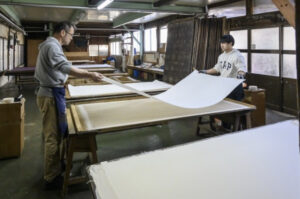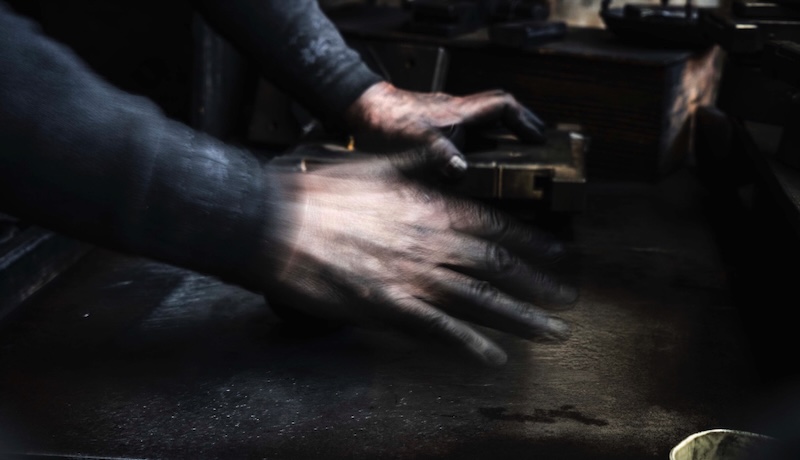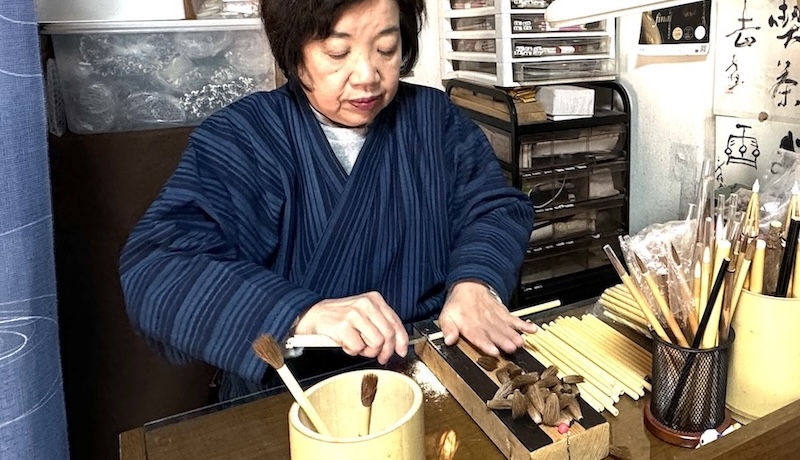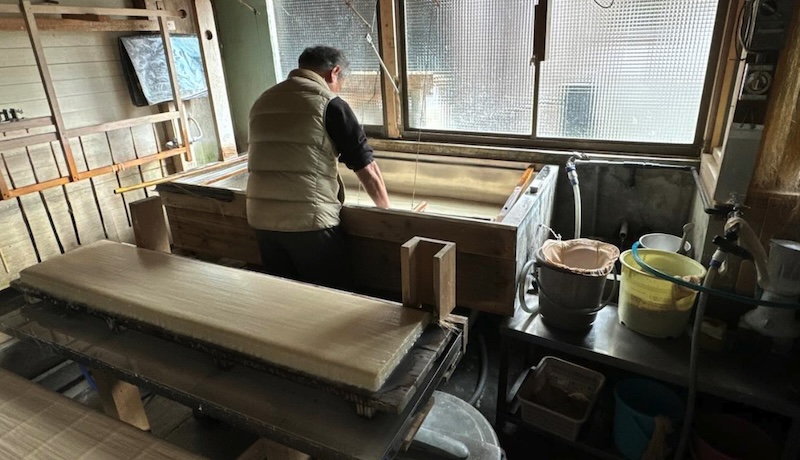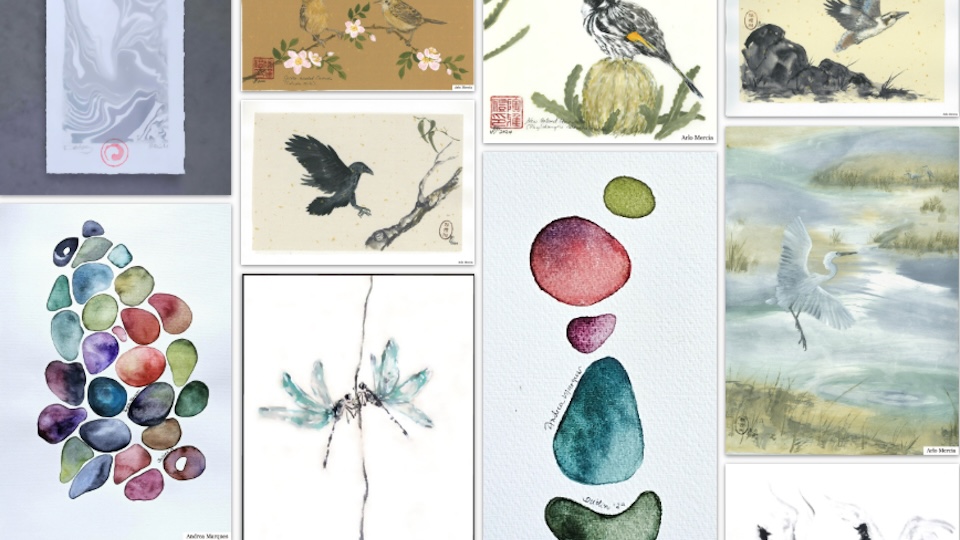Echizen Washi is a traditional Japanese paper produced mainly in Echizen City, Fukui Prefecture, Japan, and its history dates back about 1,500 years. Over this long history, Echizen Washi has become known for its high quality and diverse uses, and it remains deeply rooted in Japanese culture and life to this day.
Origin and Legend
The following legend is told about the origins of Echizen Washi. About 1500 years ago, a beautiful woman appeared in the upper reaches of the Okamoto River and taught the people of the area the art of making paper. She called herself “Kawakami Gozen” and then disappeared.
The villagers enshrined her at Okamoto Shrine as the goddess of paper in gratitude for her teachings, and have continued to pass on the art of making paper ever since.
Historical Development
In the Nara period, the “Echizen Province Tax Ledger” (730) stored in the Shosoin Repository in Nara, was made from Echizen Washi, and was highly regarded as a high-quality paper even at that time.
In the Heian period (794 – 1185) , it was used for copying sutras and Japanese poems, and with the arrival of the warrior class, demand for it as official documents and record paper increased. In particular, “Echizen Hoshoshi” was highly valued by the nobility and the warrior class for its excellent quality.
During the Edo period, production expanded further under the patronage of the shogunate and the various domains, and Echizen Washi became known throughout the country. Echizen Washi was also used in the Fukui domain to make domain notes, which helped to increase the reliability and durability of banknotes.
Innovations from the Meiji period onwards
During the Meiji era (1868-1912) , the new government adopted Echizen Washi as the paper for its first banknotes, the “Dajokan-satsu”. Later, the Printing Bureau Banknote Department was established, and it played an important role as the center of banknote production.
However, the introduction of Western mechanical papermaking technology led to a decline in demand for handmade Washi. Nevertheless, the artisans of Echizen have continued to preserve their traditional techniques, and they continue to provide high-quality Washi, especially in the fields of art and craft and high-end stationery.
Modern Echizen Washi
Today, while continuing to pass on traditional techniques, Echizen Washi is also developing products that meet modern needs. For example, Washi fibers with antibacterial and deodorizing properties have been developed, and they have even been used as a material for clothing for use in space.
In addition, its quality is highly regarded internationally, and it is even used in the restoration of items in the Louvre Museum’s collection.
In the Goka district of Echizen City, there is the Echizen Washi no Sato (Echizen Washi Village), where facilities have been set up where visitors can learn about the history of washi and the manufacturing process. Here, tourists can experience making washi for themselves and get a taste of the appeal of this traditional craft, and the whole region is working to preserve and pass on the culture of Echizen washi.
In this way, Echizen Washi boasts a long history of cultivated techniques and quality, and is still used in a variety of fields today. Its tradition and spirit of innovation will continue to be passed down in the future.
